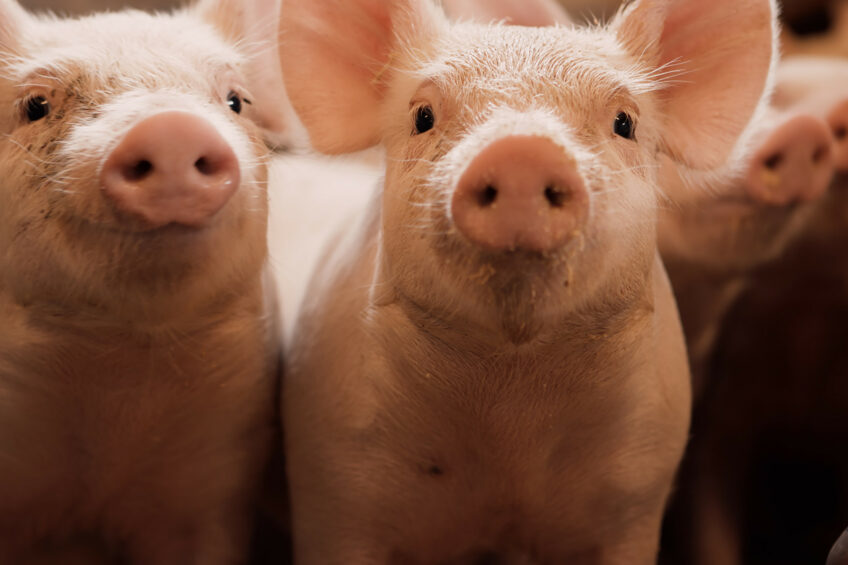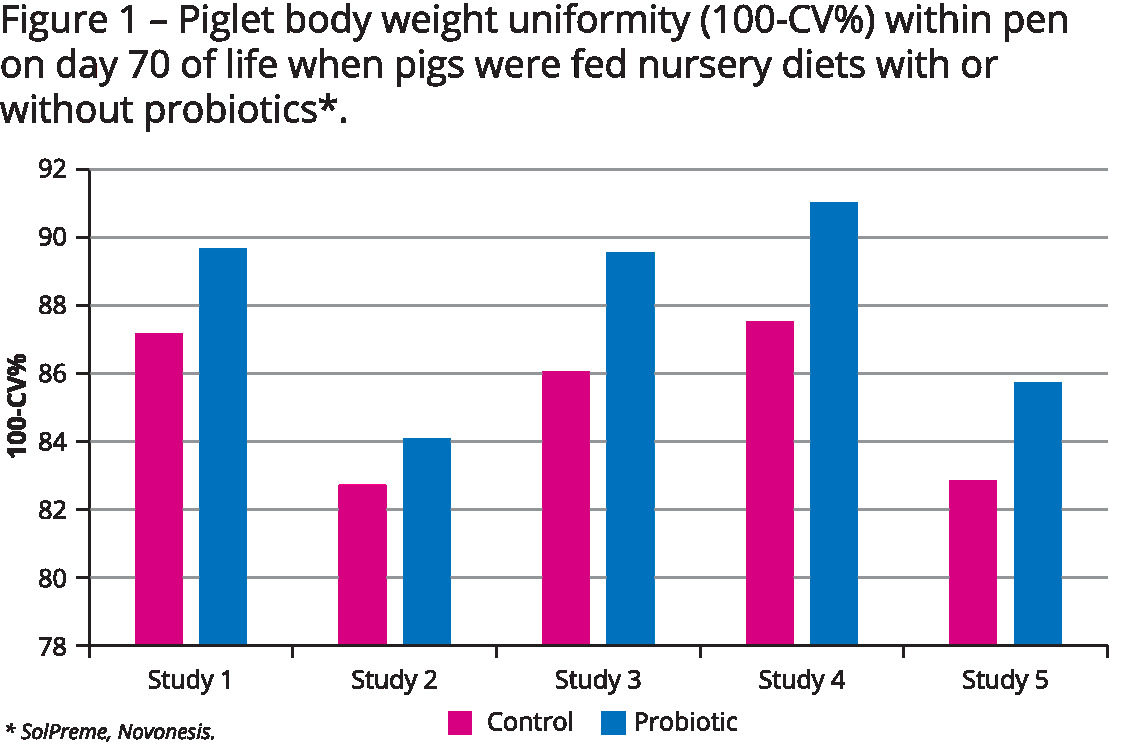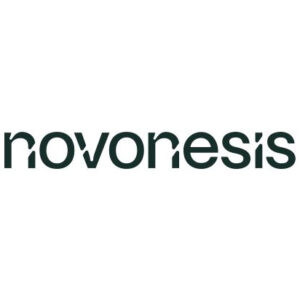It is never too early to think about uniformity

Uniformity is an aspect of pig production that becomes apparent when pigs are sent off to slaughter. Yet, addressing it should start early in life. Seeing that no pig grows the same, finishing together ought to be an issue to tackle as from the early life stages.
The variability of body weight at slaughter significantly influences the profitability of the growing-finishing facilities. Fluctuations in market body weight can devalue carcasses, impacting their quality classification and pricing, as well as prolong the use of facilities. The true financial impact of substantial body weight variability often remains unseen until pigs are sent to slaughter, and transactions for the resulting products take place. Consequently, there is a critical need for research to explore strategies that can mitigate body weight variability in the pig industry.
Research suggests a correlation between body weight variability at slaughter and variability observed during the early stages of a pig’s life. A recent meta-analysis demonstrated that the standard deviation at slaughter could potentially be anticipated by the standard deviation at weaning or at end of nursery. In agreement with this, a study showed that high stocking density during nursery increases body weight variability at slaughter. This highlights the importance of focusing on strategies to mitigate body weight variability starting from the sow unit.
Determinants and consequences of uniformity
Variation in body weight can be observed from birth, and if piglets are unable to nurse or be fostered effectively, it is possible that weight discrepancies will escalate by the time of weaning. This variance can negatively affect feed conversion in the post-weaning phase, as lighter pigs still require early phase diets to utilise feed efficiently, whereas heavier piglets could benefit from later phase diets, often more cost-effective than initial ones. Research has also demonstrated that body weight variability within a group can be kept down if the pigs are fed according to their consumption and not following the fixed feeding phases.
Body weight variation arises from several factors, including inherent biological diversity. Furthermore, genetics, nutrition and disease are additional parameters that influence body weight disparities among pigs. In a research study, groups of pigs facing low versus high health challenges, as determined by mortality rates, IAS-v and occurrences of Porcine Reproductive and Respiratory Syndrome (PRRS), were observed to ascertain the consequences of high health challenges. A notable finding was a 3% increase in the coefficient of variation among pigs subjected to high health challenge conditions.
The value of enhanced uniformity
The coefficient of variation (CV) serves to quantify the dispersion of body weights within a group of pigs, computed as the standard deviation divided by the mean. Meanwhile, uniformity assesses the evenness of body weights within the group, calculated as 100 minus the CV. Reducing CV by just 1% at slaughter is projected to yield a value of €0.65–1.50 per pig produced. For the sake of simplicity, this article will use €1 per pig produced for future reference.
In accordance with a meta-analysis carried out by a team led by Andres Tolosa of Kansas State University, United States, in 2021, it is possible to calculate the lost opportunity at slaughter based on uniformity measures at earlier life stages. The equation reveals that the importance of weight uniformity within a group of pigs grows as the pigs age. For instance, reducing the coefficient of variation (CV) by just 1% at a fixed body weight by the end of the nursery stage could result in a saving of €0.30 per pig at slaughter.
Probiotics applied consistently to improve uniformity
A recently introduced Bacillus-based probiotic product, SolPreme, has proven to directly stimulate the epithelium and mucosal immune system of piglets. Those improvements in gut integrity and function often translate into piglets that perform better and exhibit greater resilience. As emphasised by research, there is a correlation between resilience and high body weight uniformity.

In 5 research studies conducted by Novonesis, the administration of the aforementioned Bacillus-based probiotic product to nursery pigs was evaluated. On average, the probiotic was observed to enhance uniformity by 2.8% CV (see Figure 1).
On average, that enhancement could result in a saving of €0.70 per pig at the time of slaughter. Additionally, preliminary results suggest that the enhanced body weight uniformity observed is due to a greater proportion of initially lighter pigs progressing to average or larger weight categories after being fed the probiotic product. In other words, smaller pigs grow larger while larger pigs maintain their size.
Lack of uniformity, whether among sucking piglets, weaned piglets, or grower-finishers, represents a missed opportunity for profitability. Optimal uniformity in pigs not only enhances profitability but also streamlines management, reduces labour and feed costs, ultimately facilitating pig production today, tomorrow and in the future.
References available upon request.


